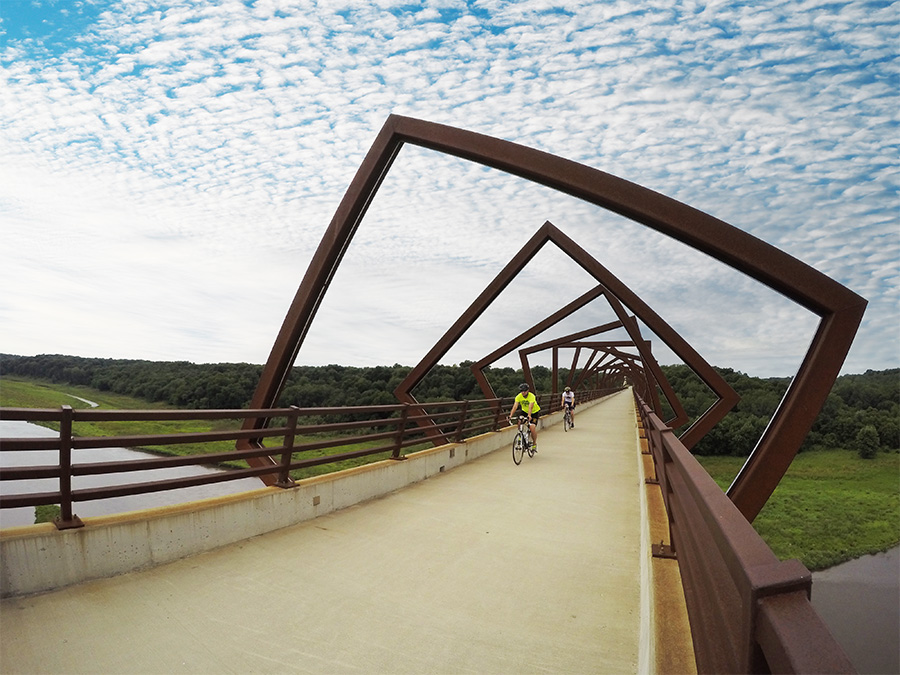Art Deco
Well-Known Member
- Region
- USA
- City
- Selinsgrove Pennsylvania
New very long bike trail in Michigan.

 greatlaketolaketrails.org
greatlaketolaketrails.org

Michigan Trails and City of South Haven Announce Grand Opening of State's Longest Destination Trail | Great Lake to Lake Trails
South Haven, MI — On Friday, September 13th at 10:45 a.m. state and local officials will join the Michigan Trails and Greenways Alliance at the Kal-Haven Trail State Park entrance in a celebration of the opening of the state’s newest and longest destination trail from South Haven to Port Huron...

